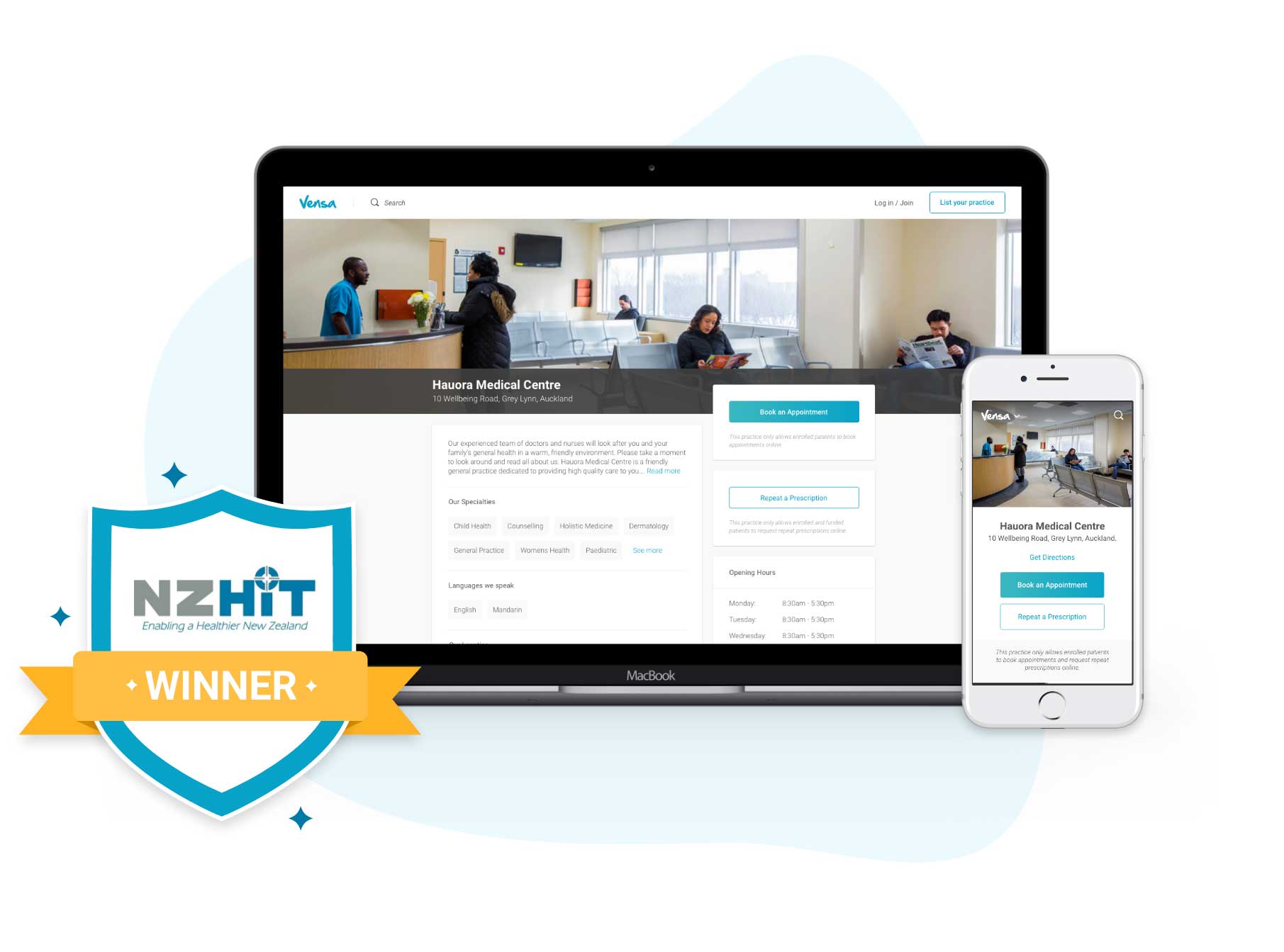There are multiple reasons why the health care is not provided to the patients as it should. One of them is due to the amount of paperwork and long obsolet process that in 2018, one wouldn't even imagine that it's still alive.
Take a fax machine for example, the year is 2018, but the only allowed way of practices to send a prescription to the pharmacy today is via fax machine, not an email. Believe it or not, ask your GP.
There are countless touch points that would impress you with the amount of work done to accomplish a simple task, all due to the lack of automation and digitalization of the health system.
With that in mind, imagine the amount of work that doctors, nurses and health practitioners has to go through everyday taking them away of what matter, your health.
Appointments are still being made over the phone, lab results are still not being delivered to the patients... and so on.
The primary health care system is full of legacy software that adds more work to the practitioners than effectively help them.
To convince medical centers that the product we're building will effectively reduce costs and add an incredible value when the health software industry has a history of being passive, not proactive with little or none evolution to their work system was the major roadblock to recruit professionals to buy in our research phase.
